Widan El Faras Basalt quarry
A large black basalt quarry exists at the northern edge of Gebel Qatrani, near the two prominent buttes called Widan el-Faras an authentic desert adventure. It was once an Old Kingdom quarry now known to be the source of basalt used for the Old Kingdom pyramid temples. The site stands about 340 meters above sea level.
The basalt was loaded onto sleds and transported down the escarpment to the waiting boats at the quay at Qasr al-Sagha. The roadway that led to the quarry was constructed of basalt stone and petrified wood during the Old Kingdom. The quarry road begins at Qasr al-Sagha, turns north, and climbs the escarpment as it moves across the plain, moving directly to Widan al-Faras, 8 kilometers away. Then it skirts the second escarpment to Gebel Qatrani.
The western and eastern parts of the quarry are separated by 0.5 km and both contain an excavated bench on top and along the edge of the Gebel el-Qatrani escarpment. The basalt is naturally broken up by cross-cutting fractures with spacing comparable to the sizes of the basalt blocks in pyramid temples. Once a block was isolated, wooden levers and ropes were probably used to move it along the shortest overland route (66 km) to the Nile Valley which called the ancient paved road.
The Widan el-Faras quarries are hard to distinguish, but when you first “see” them, they offer great insight into Old Kingdom “project-driven” stone extraction.
There are four pyramid temple floors made from basalt – and five individual quarries. This discrepancy can be explained by basalt extracted from the fifth quarry that never reached the pyramid fields by the turbulent end of the Old Kingdom. For the basalt was taken out – hundreds of blocks are still present in a specific storage place by the quarries and in the harbour area by the now almost dried-out Fayoum lake (present Lake Qarun). The quarries, storage area and harbour are tied together by a most unusual piece of archaeology: A 12 km long paved road – the earliest paved road in the world. And so the basalt was moved overland down to the old Fayoum Lake and transported on the waterways to the pyramid fields at Giza, Abu Sir and Saqqara
No wonder, then, that Widan el-Faras is such a unique and “readable” quarry landscape,
Unfortunately, the query is still in use till today.

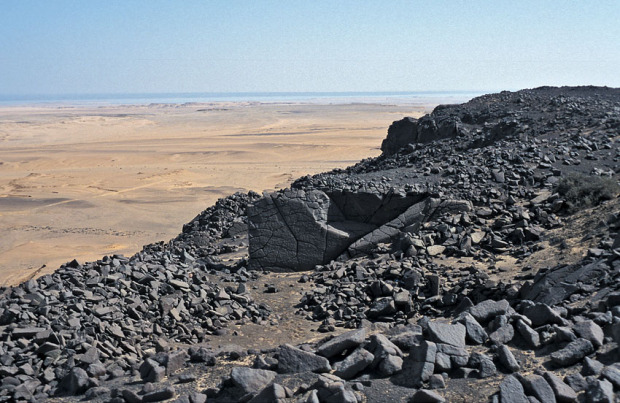
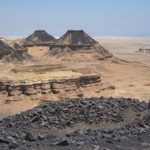
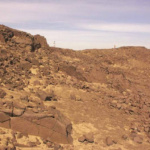
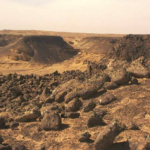
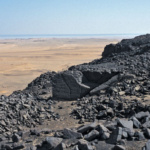
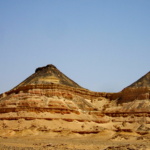
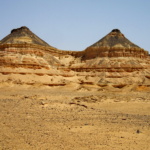
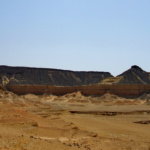
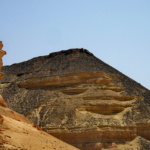
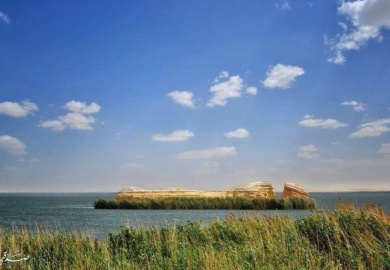

Facebook Comments